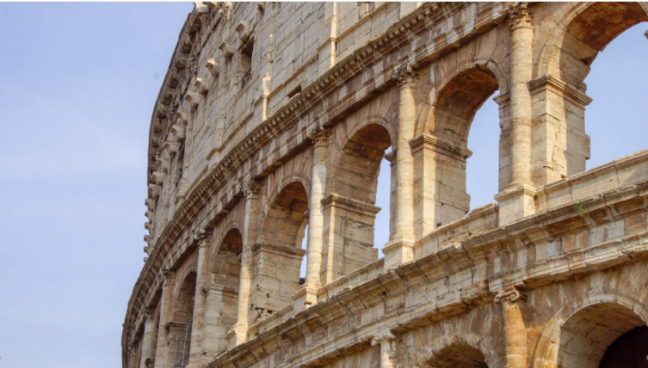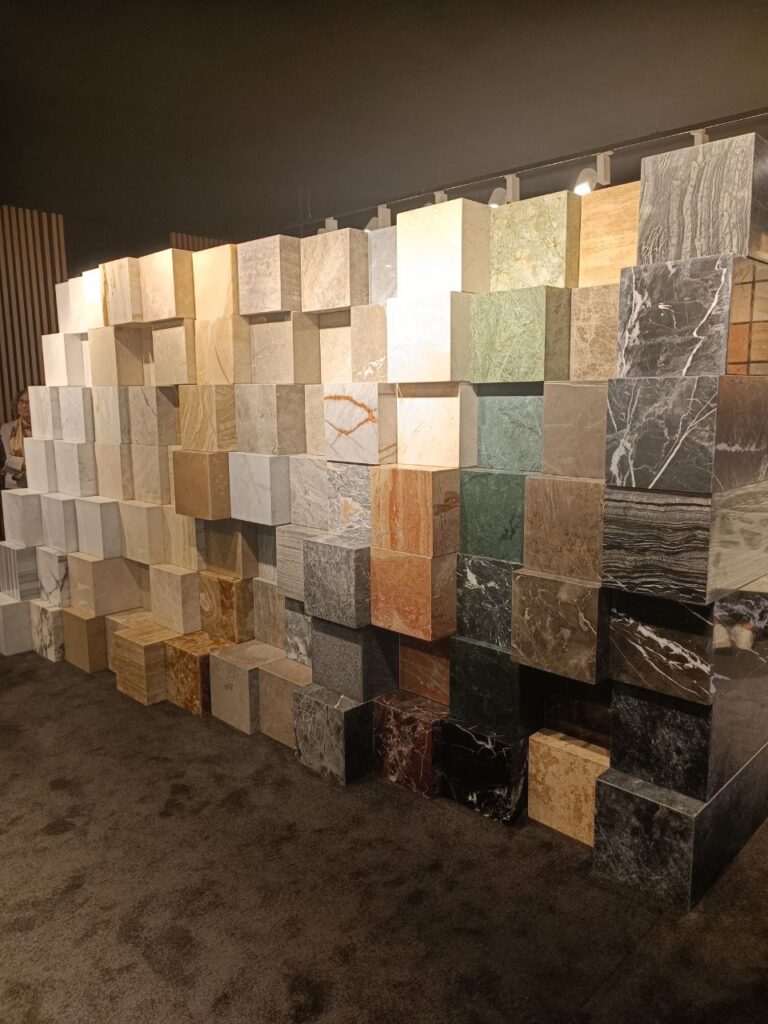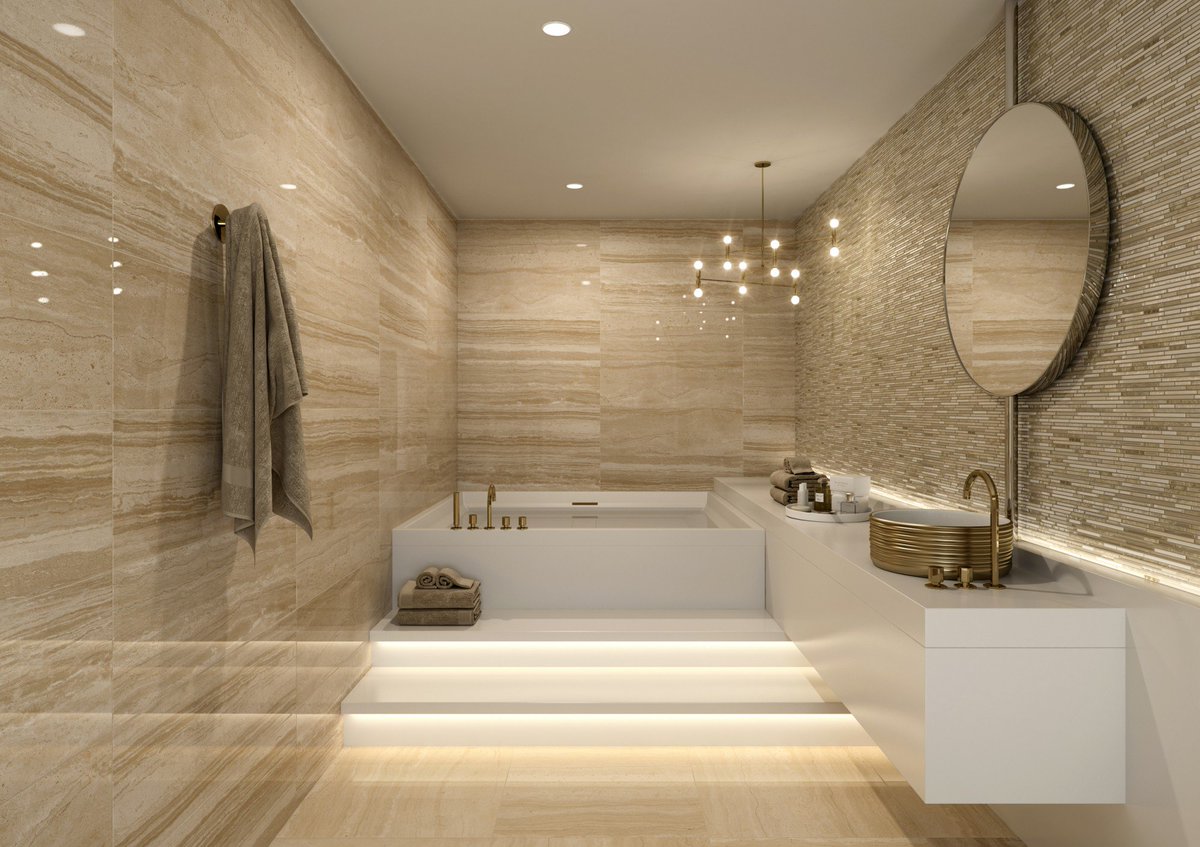
History and Production of Travertine and Marble
Travertine and marble, two of the most prized natural stones in the world, have a rich history that dates back thousands of years. From ancient civilizations to modern architecture, these stones have been valued for their beauty, durability, and versatility in various applications. Let's explore the fascinating history and production process of travertine and marble.
1. History of Travertine and Marble
Travertine and marble have been used in construction and decoration since ancient times. The use of marble dates back to ancient Greece and Rome, where it was used to create magnificent sculptures, temples, and monuments. The Parthenon in Athens and the Pantheon in Rome are just a few examples of iconic structures built with marble.
Travertine, with its porous texture and unique veining, was also highly valued in ancient Rome. It was used to build structures such as the Colosseum, the Trevi Fountain, and the Roman Forum. The Romans appreciated travertine not only for its aesthetic beauty but also for its practicality and durability.
Throughout history, both travertine and marble have been associated with luxury, sophistication, and status. They have been used by kings, emperors, and aristocrats to adorn palaces, villas, and cathedrals, leaving behind a legacy of timeless beauty and architectural marvels.
2. Production Process of Travertine and Marble
The production process of travertine and marble begins with quarrying, where large blocks of stone are extracted from quarries located around the world. Once the blocks are extracted, they are transported to processing facilities where they are cut into slabs or tiles using diamond wire saws or gang saws.
After cutting, the slabs or tiles are then processed further to achieve the desired finish. This may involve grinding, honing, polishing, or brushing the surface to enhance its texture and appearance. Different finishes can be applied to travertine and marble, ranging from a honed matte finish to a polished glossy finish, depending on the desired aesthetic and application.
Once the finishing process is complete, the travertine or marble is inspected for quality and consistency before being packaged and shipped to distributors, suppliers, and consumers around the world. From luxurious countertops and elegant flooring to intricate sculptures and decorative accents, travertine and marble continue to inspire and elevate the world of design and architecture with their timeless beauty and versatility.
In conclusion, the history and production process of travertine and marble are testament to the enduring legacy of these exquisite natural stones. From ancient wonders to modern marvels, travertine and marble have stood the test of time, captivating with their beauty, durability, and timeless elegance.

